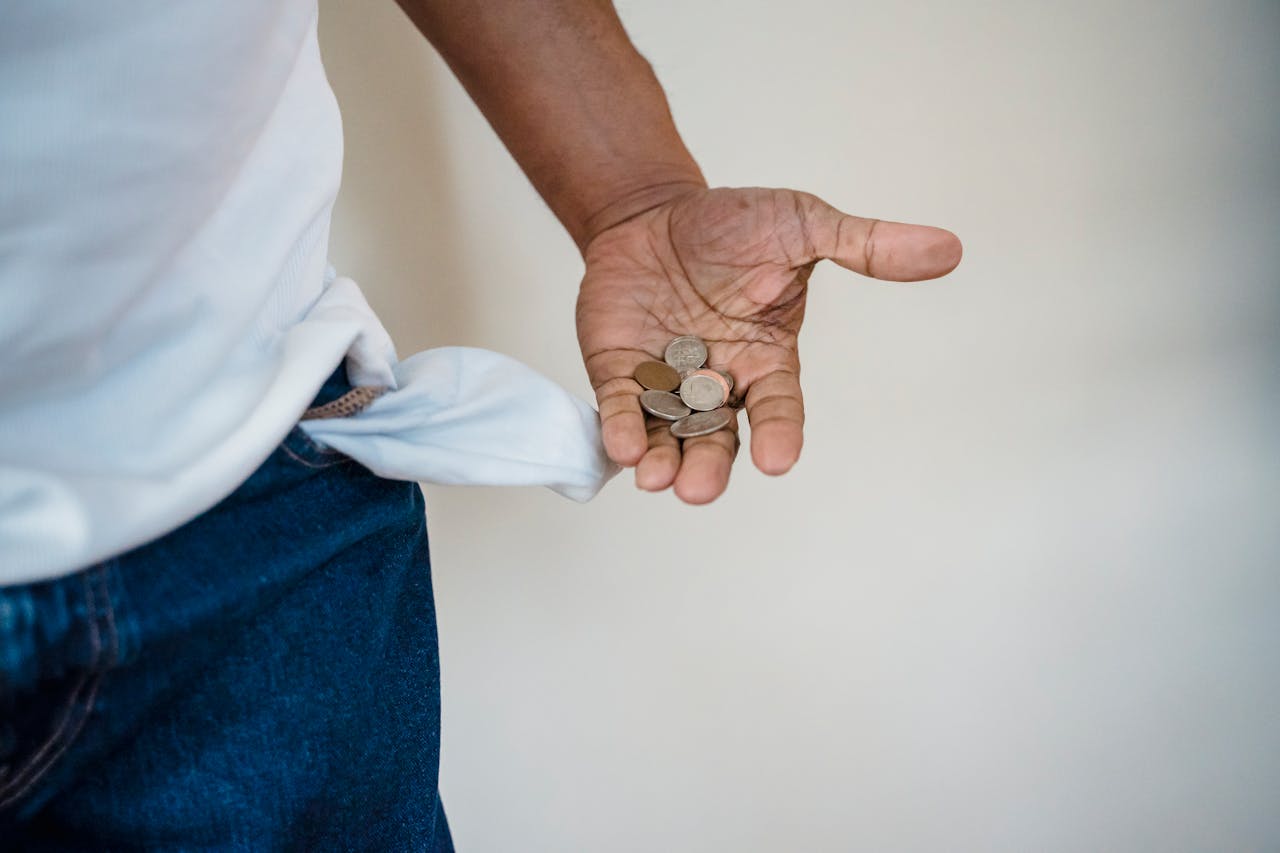
Living with less money and fewer possessions might sound tough, but financial minimalism can actually make life better. Many people feel overwhelmed by clutter, debt, and the pressure to keep up with others. The truth is, more stuff and more spending rarely lead to more happiness. Instead, financial minimalism helps you focus on what matters, cut out the noise, and find real satisfaction. If you’re tired of feeling stretched thin or want to simplify your life, this approach can help. Here’s how financial minimalism works and why it matters for anyone who wants to live better with less.
1. Understand What Financial Minimalism Means
Financial minimalism is about making intentional choices with your money and your stuff. It’s not about being cheap or depriving yourself. Instead, it’s about spending on what you value and cutting out what you don’t need. This mindset helps you avoid impulse buys and focus on long-term goals. When you know what matters, you can say no to things that don’t add value. This approach leads to less stress and more freedom.
2. Track Your Spending Honestly
You can’t practice financial minimalism if you don’t know where your money goes. Start by tracking every dollar you spend for a month. Use a notebook, a spreadsheet, or a budgeting app—whatever works for you. Look for patterns. Are you spending a lot on things you don’t use or need? Seeing the numbers in black and white can be eye-opening. This step helps you spot waste and make better choices.
3. Cut Out the Non-Essentials
Once you know where your money goes, it’s time to cut out what you don’t need. This doesn’t mean you have to give up everything fun. Instead, focus on what you truly enjoy and let go of the rest. Maybe you don’t need five streaming services or a closet full of clothes you never wear. Cancel subscriptions you don’t use. Sell or donate items that just take up space. The less you have, the less you have to manage. This frees up time, money, and energy for what matters.
4. Prioritize Quality Over Quantity
Financial minimalism isn’t about having nothing. It’s about having the right things. When you do need to buy something, choose quality over quantity. A well-made item might cost more upfront, but it lasts longer and works better. This applies to clothes, electronics, kitchen tools, and even furniture. Buying fewer, better things saves money in the long run and reduces waste. It also means you appreciate what you have more.
5. Build an Emergency Fund
Living with less money means you need a safety net. An emergency fund gives you peace of mind and protects you from unexpected expenses. Start small if you have to. Even $500 can make a difference. Aim to save enough to cover three to six months of living expenses. Keep this money in a separate savings account so you’re not tempted to spend it. Having an emergency fund is a key part of financial minimalism because it lets you handle surprises without going into debt.
6. Practice Mindful Spending
Before you buy something, ask yourself if you really need it. Will it add value to your life? Or is it just a quick fix for boredom or stress? Mindful spending means pausing before you make a purchase. Give yourself a day or two to think it over. Often, you’ll realize you don’t need the item after all. This habit helps you avoid clutter and save money. It also makes the things you buy feel more special.
7. Focus on Experiences, Not Things
Financial minimalism encourages you to spend on experiences instead of stuff. Memories last longer than material things. Instead of buying more gadgets or clothes, consider spending on activities that bring you joy. This could be a picnic in the park, a day trip, or a cooking class. Experiences often cost less than buying new things, and they create lasting happiness. Plus, you don’t have to find space to store them.
8. Set Clear Financial Goals
Having clear goals makes it easier to stick to financial minimalism. Decide what you want your money to do for you. Maybe you want to pay off debt, save for a trip, or build a nest egg. Write down your goals and keep them somewhere visible. When you’re tempted to spend on something you don’t need, remind yourself of your bigger plans. This keeps you focused and motivated.
9. Embrace Simple Living
Financial minimalism goes hand in hand with simple living. This means finding joy in the basics—good food, time with loved ones, and a comfortable home. You don’t need a lot of money or stuff to be happy. In fact, having less can make life feel lighter and more manageable. Simple living helps you appreciate what you have and worry less about what you don’t.
10. Review and Adjust Regularly
Financial minimalism isn’t a one-time fix. Your needs and priorities will change over time. Set aside time every few months to review your spending, declutter your space, and check in on your goals. Adjust as needed. This keeps you on track and helps you avoid slipping back into old habits. Remember, financial minimalism is a journey, not a destination.
Living Better with Less
Financial minimalism isn’t about sacrifice. It’s about making choices that help you live better with less money and less stuff. When you focus on what matters, you gain freedom, peace of mind, and more time for the things you love. You don’t need to be rich to feel rich. You just need to be intentional with your money and your life.
What’s one thing you could let go of today to make your life simpler? Share your thoughts in the comments.
Read More
Financial Clean Girl Era: Minimalism That Pays Off
Embrace Minimalism: 10 Things You Should Donate Today

Travis Campbell is a digital marketer and code developer with over 10 years of experience and a writer for over 6 years. He holds a BA degree in E-commerce and likes to share life advice he’s learned over the years. Travis loves spending time on the golf course or at the gym when he’s not working.
Comments